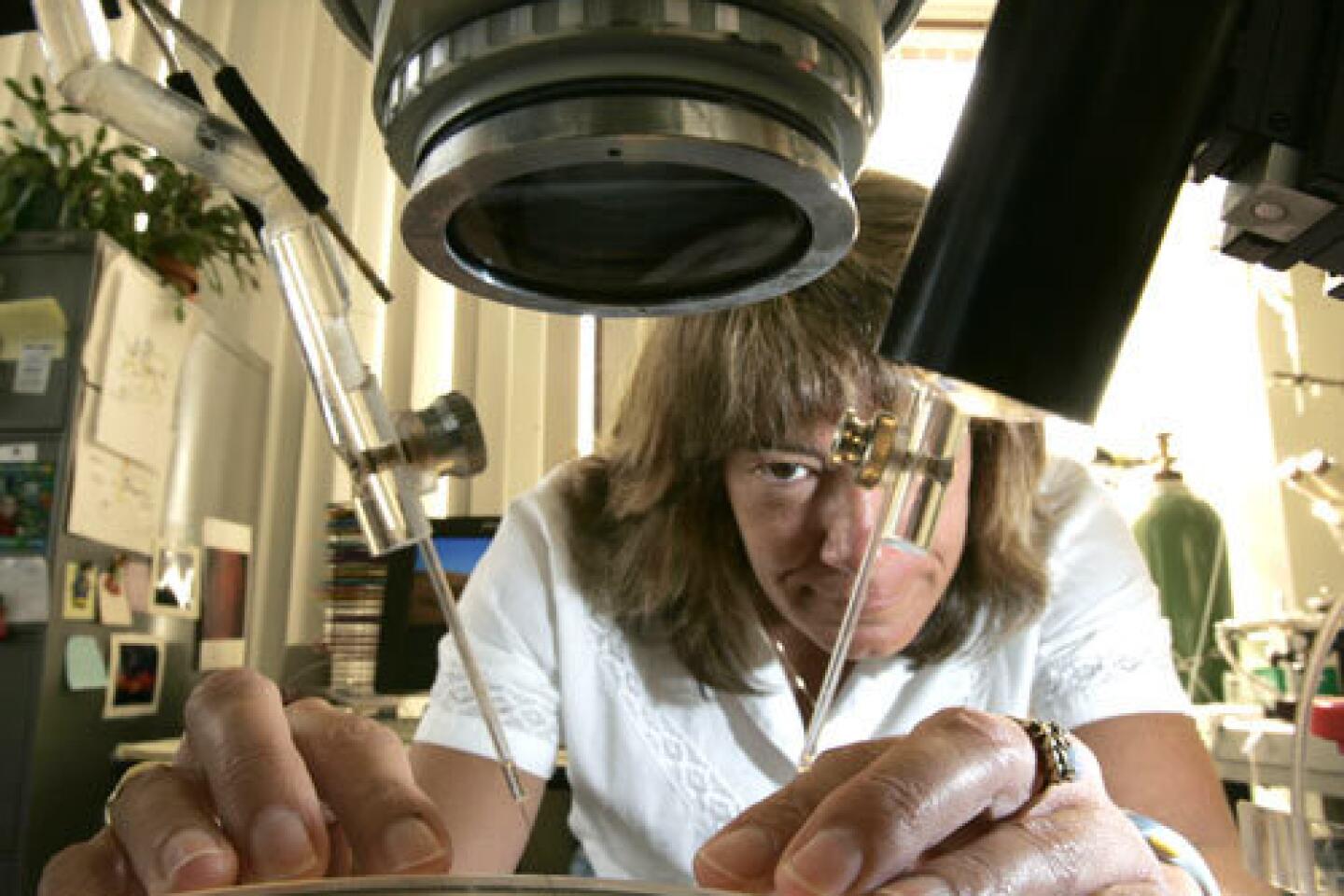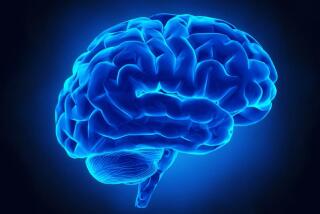Memory: a glossary of terms
Adenosine: A molecule that exists throughout mammalian biology. In the brain, it appears to perform a specific function in the memory process -- erasure.
Ampakines: A class of drugs designed to enhance communication between brain cells. The drugs, still in development, are envisioned to enhance almost all cognitive activities.
Axon: A fiber that extends from a neuron and sends signals to other fibers called dendrites. Axons and dendrites meet at the synapse.
Dendrite: A fiber that extends in bunches from a neuron. Dendrites receive signals from another sort of fiber called an axon. Dendrites and axons meet at the synapse.
Dentate gyrus: Part of the hippocampus; Lynch Lab found that sharp waves, an electrical rhythm, originated here. The lab hypothesized that the waves were a means by which the brain erased things it did not want to put into long-term memory.
Integrin: One of the most common types of molecules in mammalian biology, integrins tie things into place. For example, they cause blood cells to clot, allowing wounds to heal. Lynch Lab hypothesized that integrins solidified LTP, locking molecular changes into place.
LTP, or long-term potentiation: The strengthening of connections between brain cells that occurs once they have communicated, making subsequent communication more efficient. The communication consists of electrochemical exchanges between two neurons at the synapse, which is where they meet.
Neuron: The most common type of cell in the brain (numbering in the hundreds of millions); LTP occurs between two neurons.
Sharp waves: A naturally occurring brain rhythm that originates in the hippocampus and seems to erase LTP -- or to cause forgetting.
Spine: The point on a dendrite where it contacts an axon.
Synapse: The point at which two neurons communicate in the brain. It is actually not a structure but a gap of about 20 nanometers (20-billionths of a meter) across which one neuron sends chemical signals to the other. The chemicals set off cascades of events inside the receiving neuron. There are estimated to be 100 trillion to 10 quadrillion synapses in a human brain, allowing for immense memory capacity.
More to Read
Sign up for Essential California
The most important California stories and recommendations in your inbox every morning.
You may occasionally receive promotional content from the Los Angeles Times.














